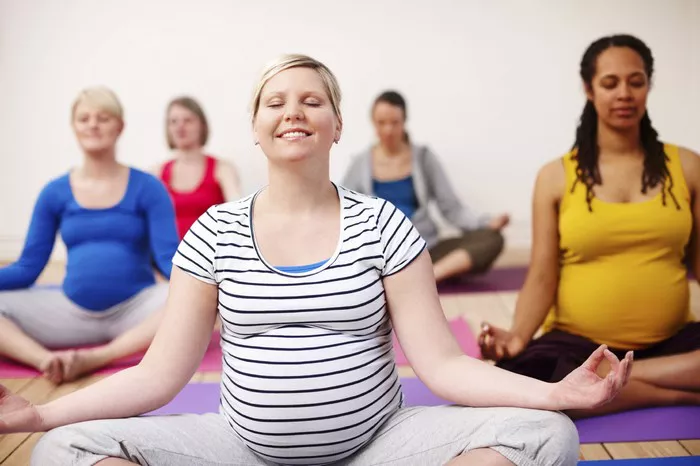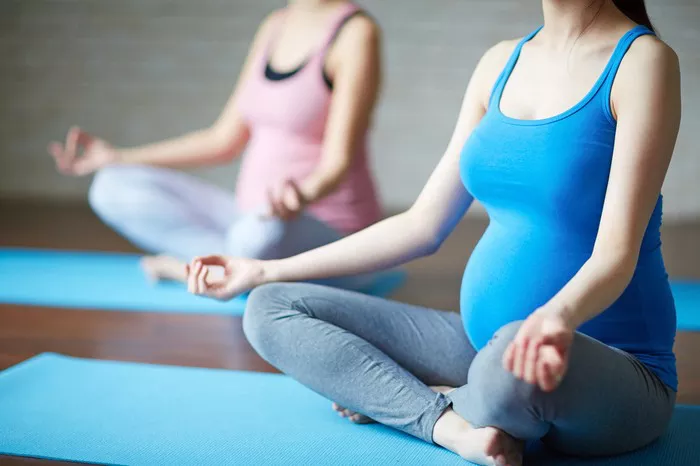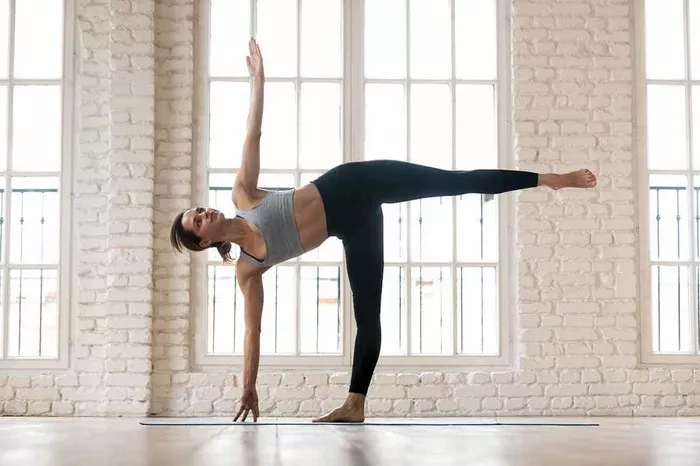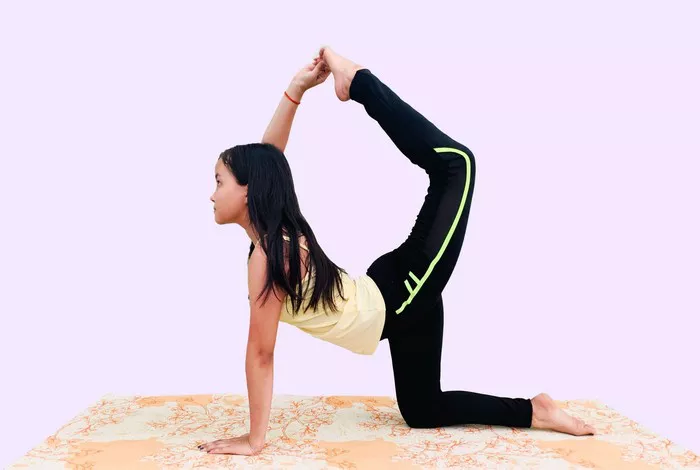High blood pressure, or hypertension, is a common condition that affects millions of people worldwide. It is a major risk factor for cardiovascular diseases, strokes, and kidney damage. While medication and lifestyle changes are essential for managing high blood pressure, incorporating yoga can also offer significant benefits, such as stress reduction, improved circulation, and better heart health. However, it is important to know which yoga practices are beneficial and which may exacerbate the condition. In this article, we will explore the types of yoga to avoid for those with high blood pressure, along with suggestions for safer alternatives that can help promote overall well-being.
Understanding High Blood Pressure and Yoga
Before diving into which yoga poses to avoid, it’s important to understand how high blood pressure affects the body and why certain types of yoga may not be suitable for people with this condition.
High blood pressure occurs when the force of the blood against the walls of the arteries is consistently too high. This places additional strain on the heart and arteries and can lead to serious health problems. The primary goal in managing high blood pressure is to reduce this strain and support the heart and circulatory system.
Yoga is often recommended as part of a holistic approach to managing hypertension because it promotes relaxation, reduces stress, enhances blood flow, and improves cardiovascular health. It achieves these benefits through specific poses, breathing techniques (pranayama), and meditation practices.
However, not all yoga poses are appropriate for individuals with high blood pressure. Some poses may cause a sudden increase in heart rate or create pressure on the cardiovascular system, which could be dangerous for those with hypertension. Thus, it is crucial to avoid certain yoga practices and seek out safer alternatives that support the body’s need for balance and relaxation.
Yoga Poses to Avoid with High Blood Pressure
There are specific yoga poses and practices that should be avoided or approached with caution when you have high blood pressure. These poses can increase pressure on the heart, head, or circulatory system, which may exacerbate the condition or create unnecessary strain. Below are some of the main categories of poses that may not be suitable for individuals with high blood pressure.
1. Inversions
Inversions involve turning the body upside down, and these poses should generally be avoided by those with high blood pressure. Inversions place significant pressure on the circulatory system by increasing the flow of blood to the head and upper body. For people with hypertension, this can be dangerous, as it may lead to a spike in blood pressure.
Common inversions include:
Headstand (Sirsasana): This pose involves balancing on the head, which can cause an increase in blood flow to the brain and lead to elevated blood pressure.
Shoulder stand (Sarvangasana): While this pose places weight on the shoulders, it still encourages blood to rush to the head, which can be problematic for hypertensive individuals.
Plow pose (Halasana): This pose requires you to bend forward and touch your feet to the floor behind your head. While not an inversion per se, it places similar pressure on the upper body and may be unsafe for those with high blood pressure.
2. Extreme Backbends
Extreme backbends can put a strain on the heart and the circulatory system, potentially causing an increase in blood pressure. These poses stretch the spine and open the chest but can also cause compression in the abdomen, which can elevate heart rate and blood pressure.
Common backbends to avoid:
Wheel pose (Chakrasana): This deep backbend requires a significant arch in the spine and may cause an increase in heart rate.
Camel pose (Ustrasana): While this pose stretches the chest and abdomen, it can be intense on the heart and is not advisable for people with hypertension.
Bridge pose (Setu Bandhasana): Although this is a moderate backbend, it still places strain on the heart, and those with hypertension should avoid practicing it excessively.
3. Standing Poses with Straining
Standing poses that require excessive strain or cause the head to dip below the heart can also be problematic for individuals with high blood pressure. In certain standing poses, such as those that involve deep forward bends or long holds, blood pressure can increase due to the gravitational pull on the circulatory system.
Poses to be cautious about include:
Forward bend (Uttanasana): This pose requires you to bend forward at the hips and touch your toes. It can increase pressure on the head and neck, especially if held for an extended period.
Wide-legged forward bend (Prasarita Padottanasana): Similar to Uttanasana, this pose can be problematic for people with hypertension because it involves bending deeply, which can elevate pressure in the head and neck.
Warrior poses (Virabhadrasana I, II, and III): While these poses are excellent for building strength and flexibility, they require a significant amount of effort in the legs and core. If you have high blood pressure, you may want to modify these poses by reducing the intensity or avoiding deep lunges.
4. Intense Core Work
Core exercises that involve strenuous movements, particularly when holding the breath or contracting the abdomen intensely, can place added pressure on the heart and circulatory system. For hypertensive individuals, these exercises could be too taxing.
Poses to avoid or modify:
Boat pose (Navasana): This core-strengthening pose requires balancing on your sit bones while keeping the legs elevated. It can lead to increased intra-abdominal pressure, which may be unsafe for those with high blood pressure.
Plank pose (Phalakasana): While a great strength-building pose, holding plank for extended periods may create unnecessary strain on the cardiovascular system, particularly if the breath is held during the practice.
5. Breathing Techniques That Increase Pressure
Breathing exercises (pranayama) are an integral part of yoga practice, and they have many benefits for managing stress and improving circulation. However, some breathing techniques can increase pressure in the chest, head, and abdomen, which could elevate blood pressure. These should be avoided by individuals with hypertension.
Breathing practices to be cautious with:
Kapalbhati (Skull Shining Breath): This rapid, forceful breathing technique can increase pressure in the head and chest, which could be harmful for individuals with high blood pressure.
Bhastrika (Bellows Breath): Like Kapalbhati, this is a vigorous pranayama technique that involves quick, deep breaths and can increase internal pressure.
Safer Yoga Alternatives for High Blood Pressure
While certain poses and practices may be contraindicated for those with high blood pressure, many other yoga techniques can help lower blood pressure and promote relaxation. The key is to focus on gentle movements, calming postures, and mindful breathing.
1. Gentle Restorative Poses
Restorative yoga is a form of yoga that emphasizes relaxation and gentle stretching. The goal of restorative yoga is to release tension from the body without exerting strain or pressure on the heart. This type of yoga is ideal for those with hypertension because it promotes relaxation and reduces stress, which are both essential for managing blood pressure.
Examples of restorative poses:
Savasana (Corpse Pose): This is a lying-down pose that encourages deep relaxation. Focus on your breath and allow your body to fully relax.
Supported Child’s Pose (Balasana): In this version of the child’s pose, use props (such as blankets or cushions) to support your body. It helps to calm the nervous system and reduce tension.
Supta Baddha Konasana (Reclining Bound Angle Pose): This is a relaxing seated pose where you lie on your back and bring the soles of your feet together, letting your knees fall out to the sides.
2. Seated and Supported Poses
Seated poses that do not involve inversions or excessive strain on the body are a great way to practice yoga for high blood pressure. These poses provide a gentle stretch and allow you to focus on your breath while keeping the heart and head at a neutral level.
Examples of safe seated poses:
Seated Forward Bend (Paschimottanasana): This pose involves sitting on the floor and gently folding forward, focusing on elongating the spine without forcing the stretch.
Seated Twist (Ardha Matsyendrasana): This gentle twist helps release tension in the spine and promotes relaxation without putting excessive pressure on the cardiovascular system.
Staff Pose (Dandasana): A simple seated pose that promotes good posture and encourages relaxation without putting stress on the heart.
3. Breathing Techniques for Relaxation
Breathing exercises can be incredibly beneficial for lowering blood pressure. Focus on slow, deep breathing that promotes relaxation and balances the nervous system. These techniques can help activate the parasympathetic nervous system, which reduces the “fight-or-flight” response and promotes a calm, relaxed state.
Helpful pranayama techniques:
Ujjayi Breath (Victorious Breath): This slow, deliberate breathing technique creates a gentle sound in the back of the throat. It helps to calm the mind and promotes deeper relaxation.
Nadi Shodhana (Alternate Nostril Breathing): This technique involves alternating breathing through the left and right nostrils, which can help balance the body’s energy and reduce stress.
Dirgha Pranayama (Three-Part Breath): This deep breathing technique encourages diaphragmatic breathing, filling the lungs in three parts—first the abdomen, then the chest, and finally the upper chest.
Conclusion
Yoga can be a powerful tool for managing high blood pressure when practiced mindfully and with caution. While certain poses—especially those that involve inversions, intense backbends, or excessive core work—should be avoided, there are many other yoga practices that can help promote relaxation, reduce stress, and support heart health. If you have high blood pressure, it’s important to choose yoga styles that are gentle, restorative, and focused on breath awareness. Always listen to your body and consult a healthcare professional or experienced yoga instructor to ensure that your practice is safe and beneficial.
By focusing on mindful breathing, supported poses, and gentle stretches, yoga can be a valuable addition to your routine for managing hypertension and improving overall well-being.
Related Topics:























